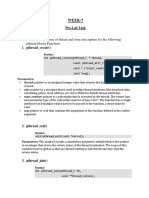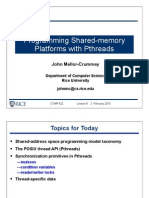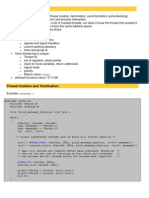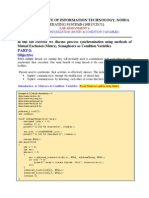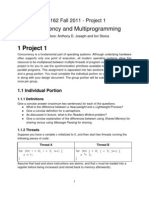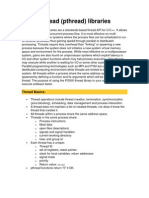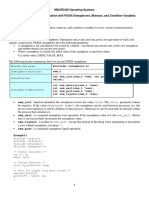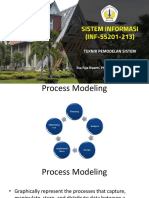0% found this document useful (0 votes)
38 views6 pagesLab Assignment 3 CP
The document outlines an experiment focused on demonstrating safety and liveness properties in mutual exclusion using mutex locks in C programming. It includes objectives, prerequisites, and a step-by-step implementation of a program that tests these properties through various scenarios, including deadlock and starvation. The expected outcomes emphasize understanding concurrent programming concepts and the importance of proper lock management to ensure safety and liveness.
Uploaded by
sanketpawar1574Copyright
© © All Rights Reserved
We take content rights seriously. If you suspect this is your content, claim it here.
Available Formats
Download as DOCX, PDF, TXT or read online on Scribd
0% found this document useful (0 votes)
38 views6 pagesLab Assignment 3 CP
The document outlines an experiment focused on demonstrating safety and liveness properties in mutual exclusion using mutex locks in C programming. It includes objectives, prerequisites, and a step-by-step implementation of a program that tests these properties through various scenarios, including deadlock and starvation. The expected outcomes emphasize understanding concurrent programming concepts and the importance of proper lock management to ensure safety and liveness.
Uploaded by
sanketpawar1574Copyright
© © All Rights Reserved
We take content rights seriously. If you suspect this is your content, claim it here.
Available Formats
Download as DOCX, PDF, TXT or read online on Scribd
/ 6













